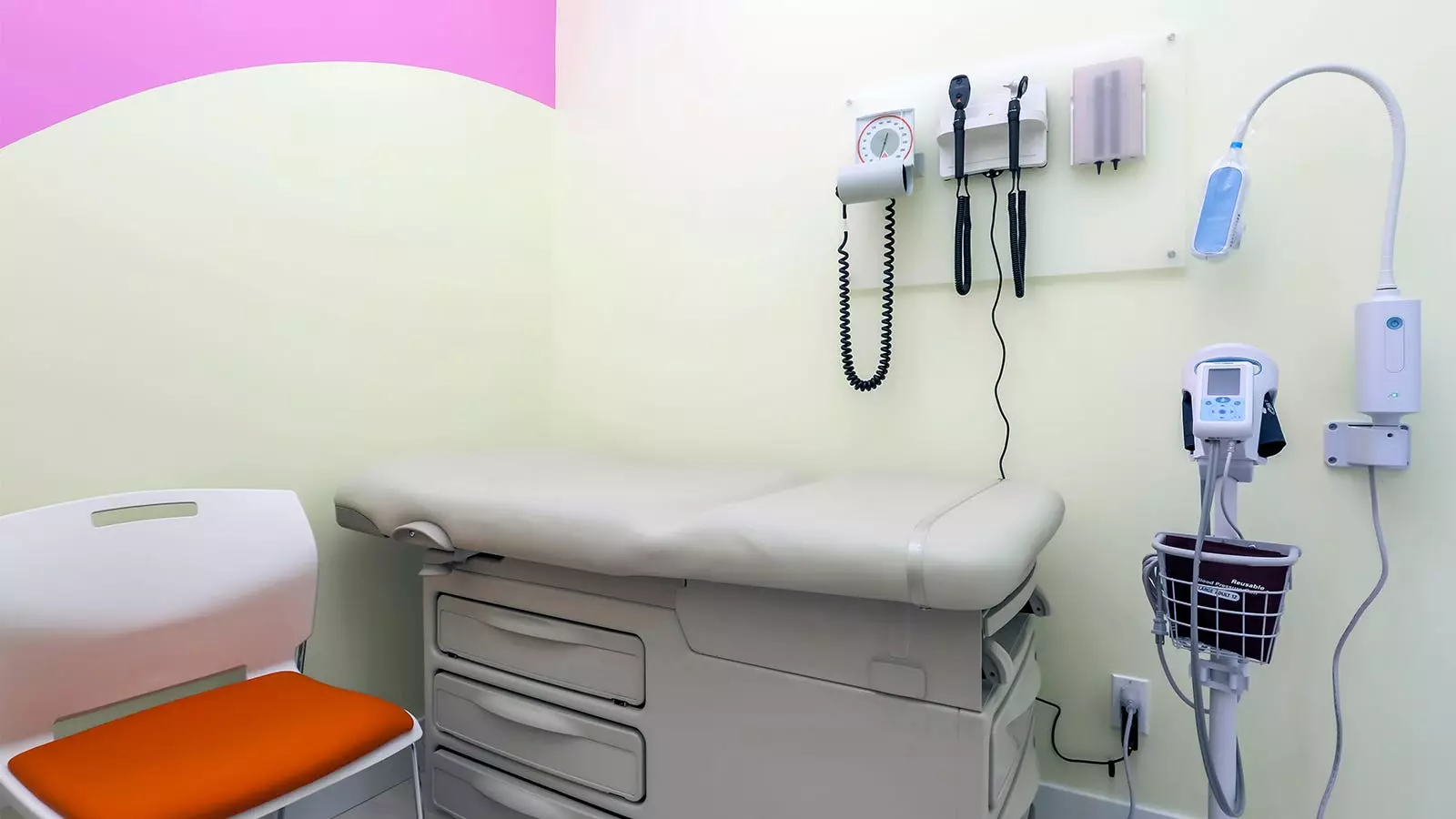The landscape of patient care has transformed significantly over the past few years. With an increasing reliance on technology and adherence to quality measures set by insurance companies, healthcare providers find themselves navigating a complex terrain. Gone are the days when a simple, unstructured conversation with a patient sufficed. Today, the integration of technology demands a different approach, one that can sometimes overshadow the core of medical practice: empathetic, patient-focused care.
A typical patient visit today begins not with a handshake but with the click of keys on a keyboard. As healthcare practitioners, we log into systems that monitor our performance against a checklist of quality measures. These measures, in the eyes of Medicare and private insurers, serve as benchmarks for the quality of care delivered. However, they often seem like an insurmountable obstacle to meaningful patient engagement. For instance, the physician may find themselves saddled with an array of checks—whether it’s ensuring vaccinations are up to date or conducting routine screenings—before they can delve into the patient’s deeper health concerns.
This emphasis on quantifiable metrics raises a pertinent question: does the pursuit of meeting these quality benchmarks diminish the physician’s ability to engage in open, heartfelt dialogue with patients? Effective patient care should transcend the confines of checklists and numbers, presenting clinicians with a dilemma—balancing regulatory requirements with the authentic relational dynamic they strive to foster.
Quality measures often herald a “perfect” visit as one where all boxes have been ticked, regardless of whether the patient’s real worries were addressed. In many cases, these measures leave little opportunity for the essential discussion topics that could open the door for patients to share more sensitive issues—like mental health struggles or personal circumstances affecting their well-being.
Moreover, while preventive care such as vaccinations and screenings is crucial, it should not eclipse the very personal nature of medical consultations. The examination room is designed to build trust and establish rapport; it is a sacred space where patients should feel comfortable discussing concerns that cannot be reduced to mere metrics. Consequently, the intrusion of electronic health records and quality measures can transform a therapeutic visit into a transactional one, stripping it of the nuances that characterize patient-physician relationships.
The key to navigating this challenging environment lies in modifying how we implement quality measures during patient visits. Practices are beginning to recognize the importance of allowing support staff to manage administrative tasks prior to a patient’s arrival, freeing clinicians to focus on the personal health narratives of their patients during consultations. Systems that encourage communication through online portals, email, or text messaging can streamline preventive health discussions without encroaching upon the time of the face-to-face consultation.
Acknowledging that administrative tasks often steal valuable time from patient interactions, some health systems are already innovating in this regard. As these practices expand, the hope is to minimize the mechanical nature of patient visits, allowing room for physicians to engage in thoughtful dialogues that might reveal underlying concerns or conditions that quality metrics could not capture.
Insurance policies can be a major player in redefining quality measures and their applications. Private insurers, alongside Medicaid and Medicare, must recognize that quality in medicine cannot always be quantified. For instance, crucial skills such as effective communication and clinical problem-solving should be acknowledged and incorporated into compensation models. By transitioning to payment systems that prioritize a holistic approach to patient care, insurers can help emancipate physicians from the incessant pressure of meeting checklists during visits.
Instead of reimbursing for individual services, adopting a model that covers a patient’s complete primary care requirements for a year could offer physicians the liberty to dedicate their time and resources where they are most needed. As the largest insurer in the U.S., the Centers for Medicare & Medicaid Services (CMS) holds a critical position in this transition, inspiring innovation and progressive thinking about quality care.
The real challenge in today’s healthcare setting is not the absence of quality measures; it’s the necessity to interlace these parameters with the compassionate care that defines the heart of medicine. There are countless instances in which stepping away from pre-set checklists has shed light on vital health issues obscured by the noise of quality metrics. Domestic abuse, mental health concerns, and nagging symptoms often find their voice only when patients feel they inhabit a space of receptivity and trust.
As healthcare providers, we must advocate for an environment that respects both the need for quality measures and the sanctity of human connection. By reclaiming this sacred space, we can cultivate a healthcare experience that upholds the values of empathy, expertise, and leadership, ultimately allowing us to serve our patients better. The goal is a future where compassionate, holistic healthcare exists hand-in-hand with necessary quality measures, creating a balanced and fulfilling practice for both patients and providers alike.


Leave a Reply